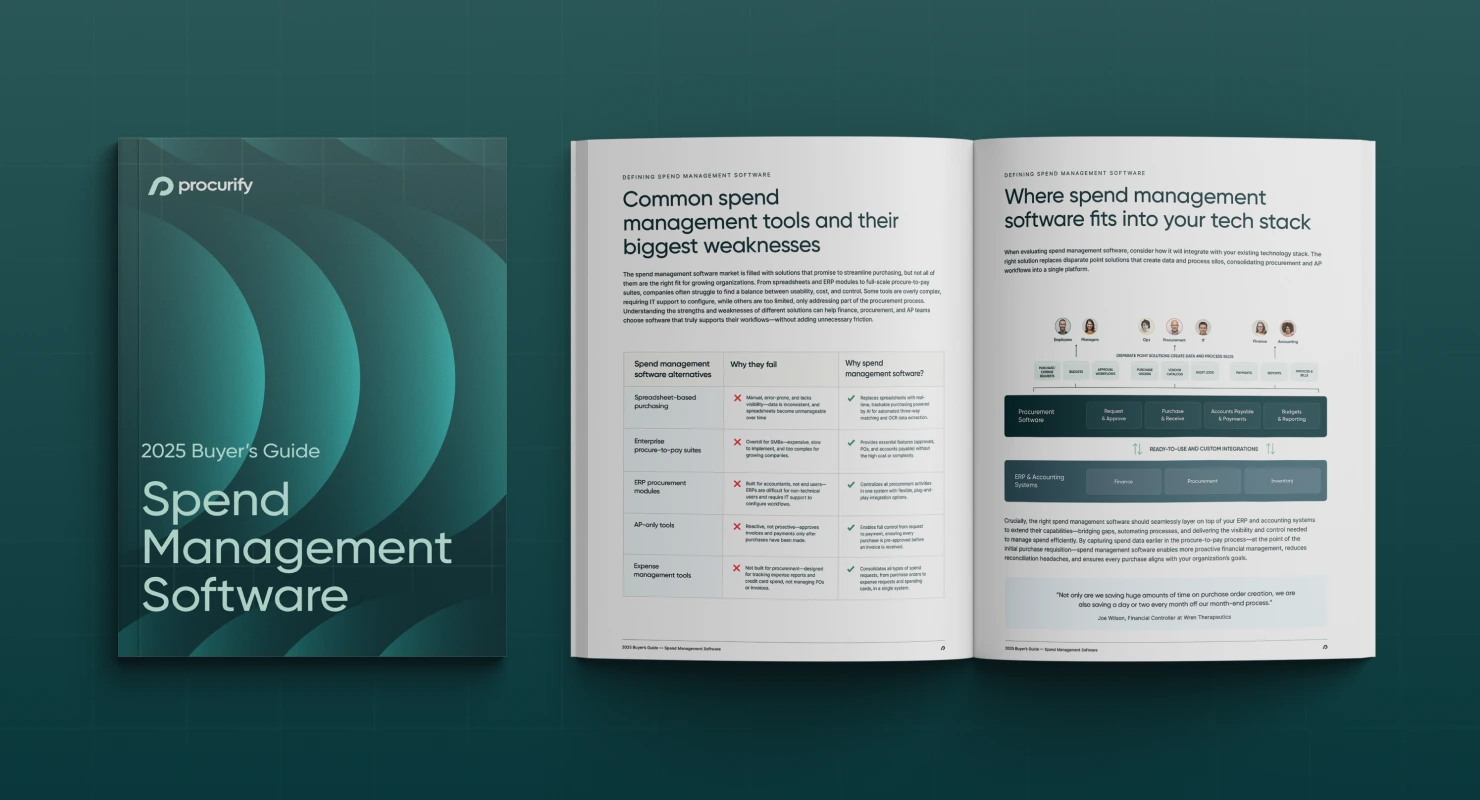5 Metrics for Procurement Managers to Track
Ask your manager how they track their procurement metrics to gauge company performance and you’re likely to get a few different answers. Some will immediately mention the cost of purchases, while others may chime in with buzzwords like efficiency and effectiveness. The reality is there are many factors that must be considered when tracking the success of purchases and how they contribute to your organization’s well-being.
1. Procurement cycle time

One of the best ways to track efficiency is to look at cycle time. This begins the moment a company orders items and ends upon receipt of goods. If there are no hiccups in the cycle, the company benefits from the opportunity to sell its inventory faster. It can also take advantage of discounts by paying suppliers sooner. Delays are costly if labour is spent correcting mistakes or streamlining workflow for faster results, so having a procurement process that runs smoothly is paramount.
2. Quality
One sure sign of top procurement performance is using good suppliers who sell your business the best materials at the cheapest rate. Procurement agents use matrices such as number of defects per thousand or million to measure the quality of purchases; the lower the rate, the greater the quality of the purchase. Be aware that shipments with high rates of defective merchandise not only limit the amount of quality merchandise in company inventory, but also prolong the procurement cycle from requisition to delivery if items constantly have to be returned.
3. Cost savings

The best way to track procurement is to assess spending instead of making budget comparisons. Naturally, you’ll contribute to your bottom line if your actual spend is less than your forecast. That said, even when the economy is stable, procurement managers may want to exercise more cost savings in case management directs them to free up funds for new opportunities or other investment prospects.
4. Procurement ROI
This metric is as close as you’ll get to examining the big picture regarding a company’s return on investment (ROI) when it comes to procurement. To measure procurement ROI, compare department costs with the savings it generates. Measuring procurement ROI involves a painstaking examination of your procurement operations, from the amount of labor and wages involved to the supplies and technology being utilized and even the amount of company space occupied. It’s important to remember, however, that procurement is a long-term strategy and should be judged accordingly.
5. Spend under management

Spend under management compares strategic sourcing expenditures on products and services against overall expenditures in a given fiscal period. If a department has a high spend under management score, that means it’s able to make a majority of its own purchasing decisions. When a purchasing department has more control over its costs, it’s able to make more strategic, informed decisions. Ultimately, this means a decrease in overall expenditures.
Procurement metrics: It’s all about attention to detail
When you’re dealing with an area of your business like procurement, attention to detail can mean big savings for your company. These metrics let you drill into those little details so you can ensure your company is on the right track and all procurement processes are in order. Don’t get stuck in your old ways; be ready to adapt to changes in the industry—from metrics to software.

2025 Spend Management Software Buyer’s Guide
Choose the spend management solution best suited to your organization’s needs with an overview of the 2025 software ecosystem, feature comparisons, and a free vendor capability evaluation checklist.
